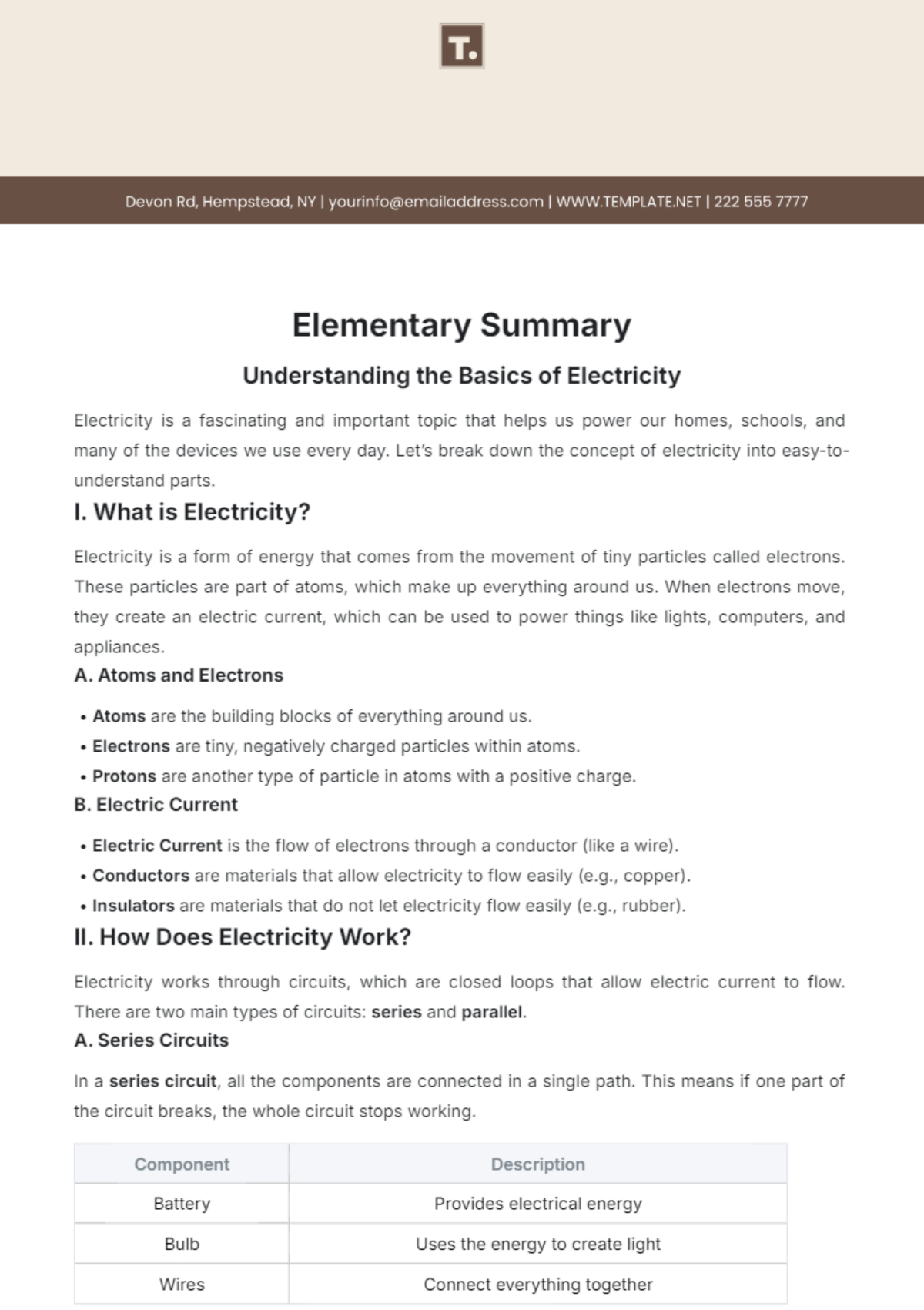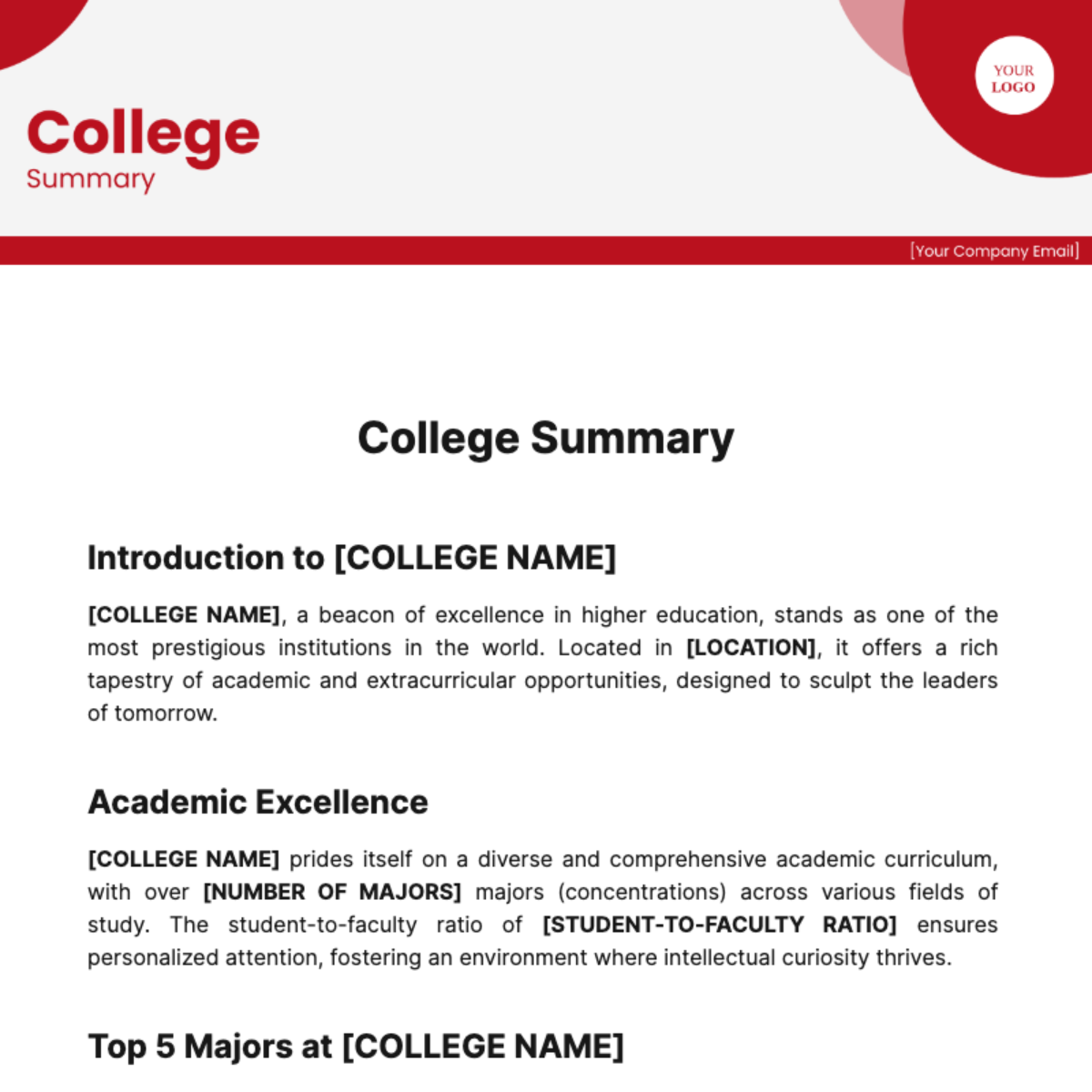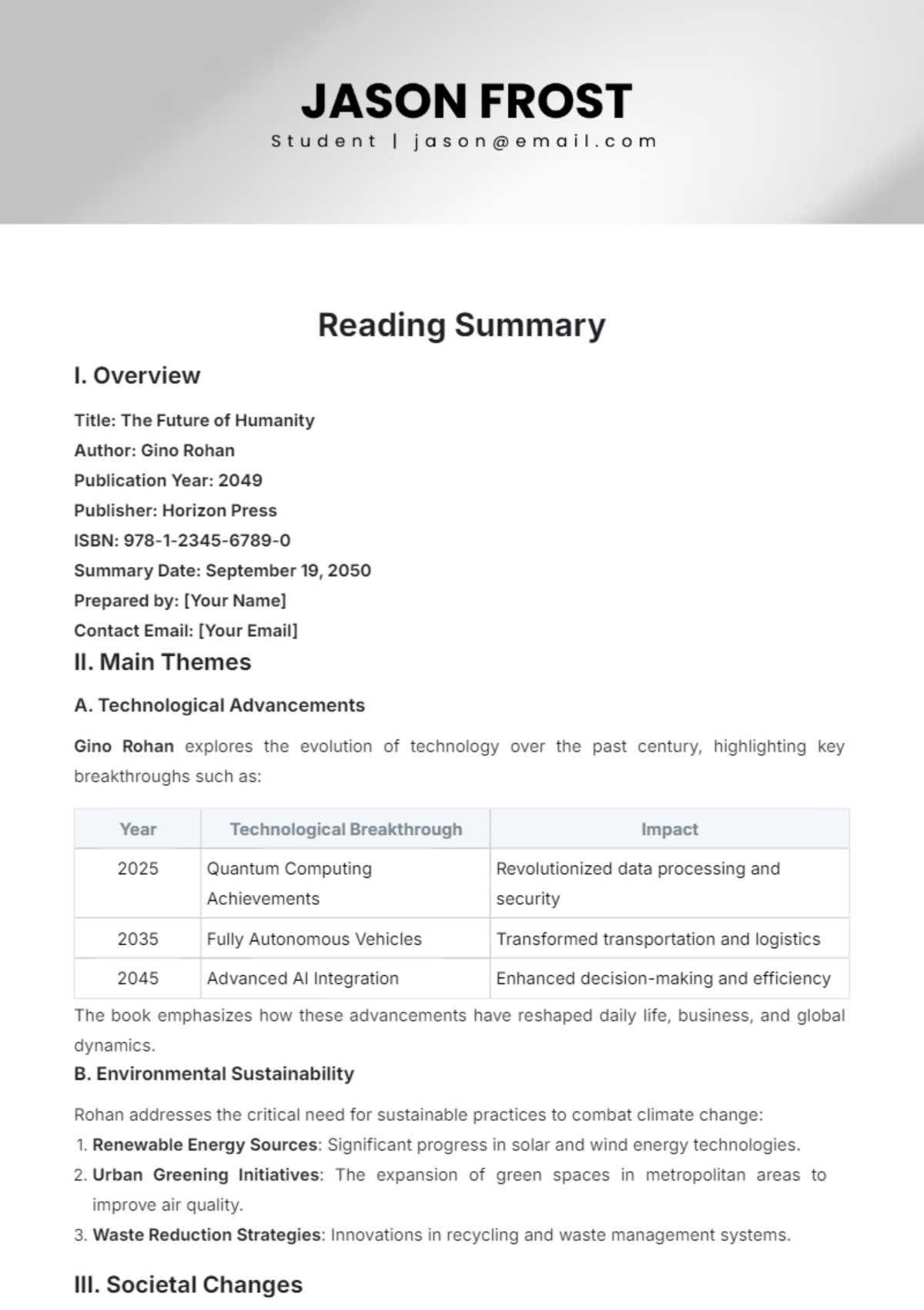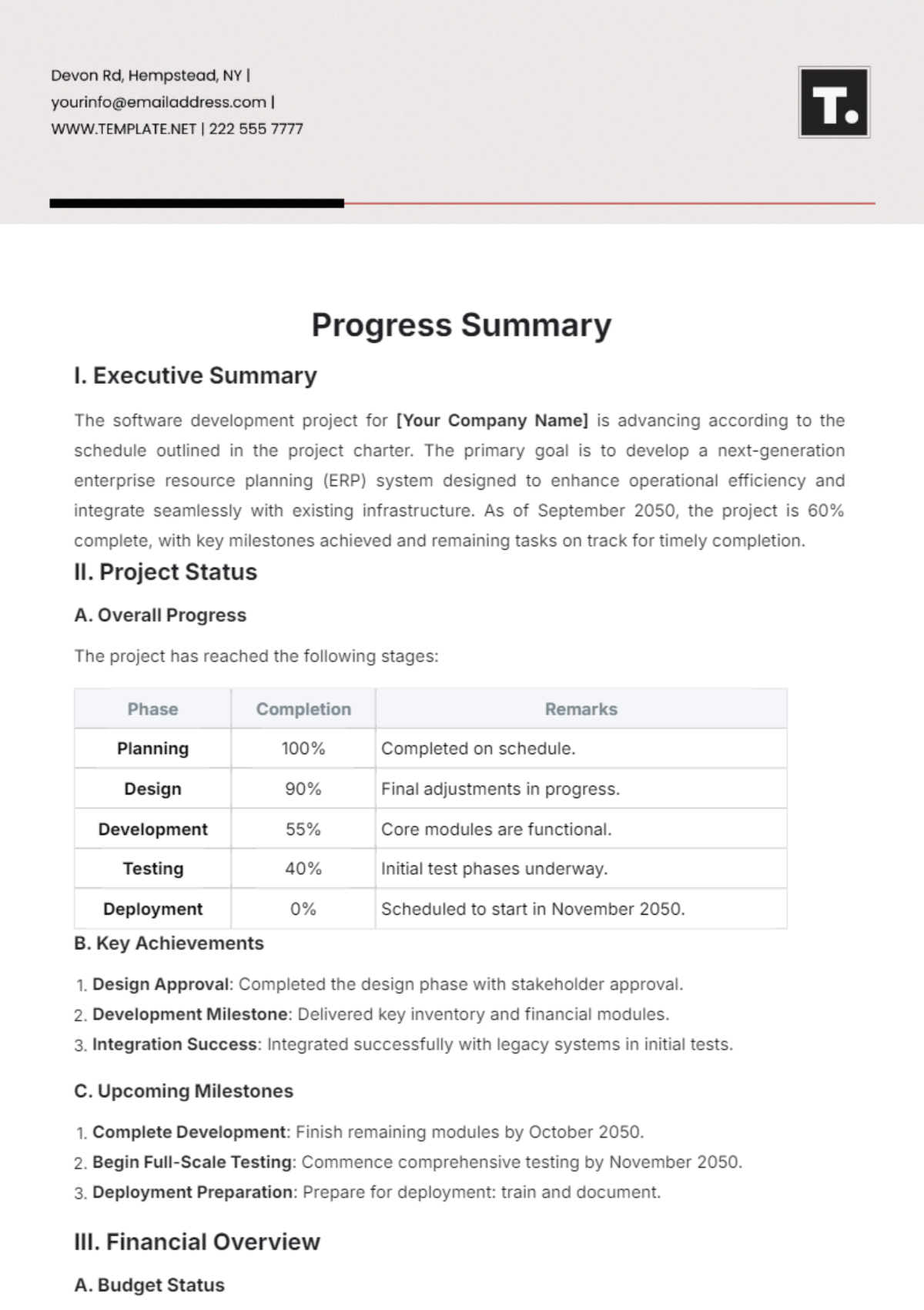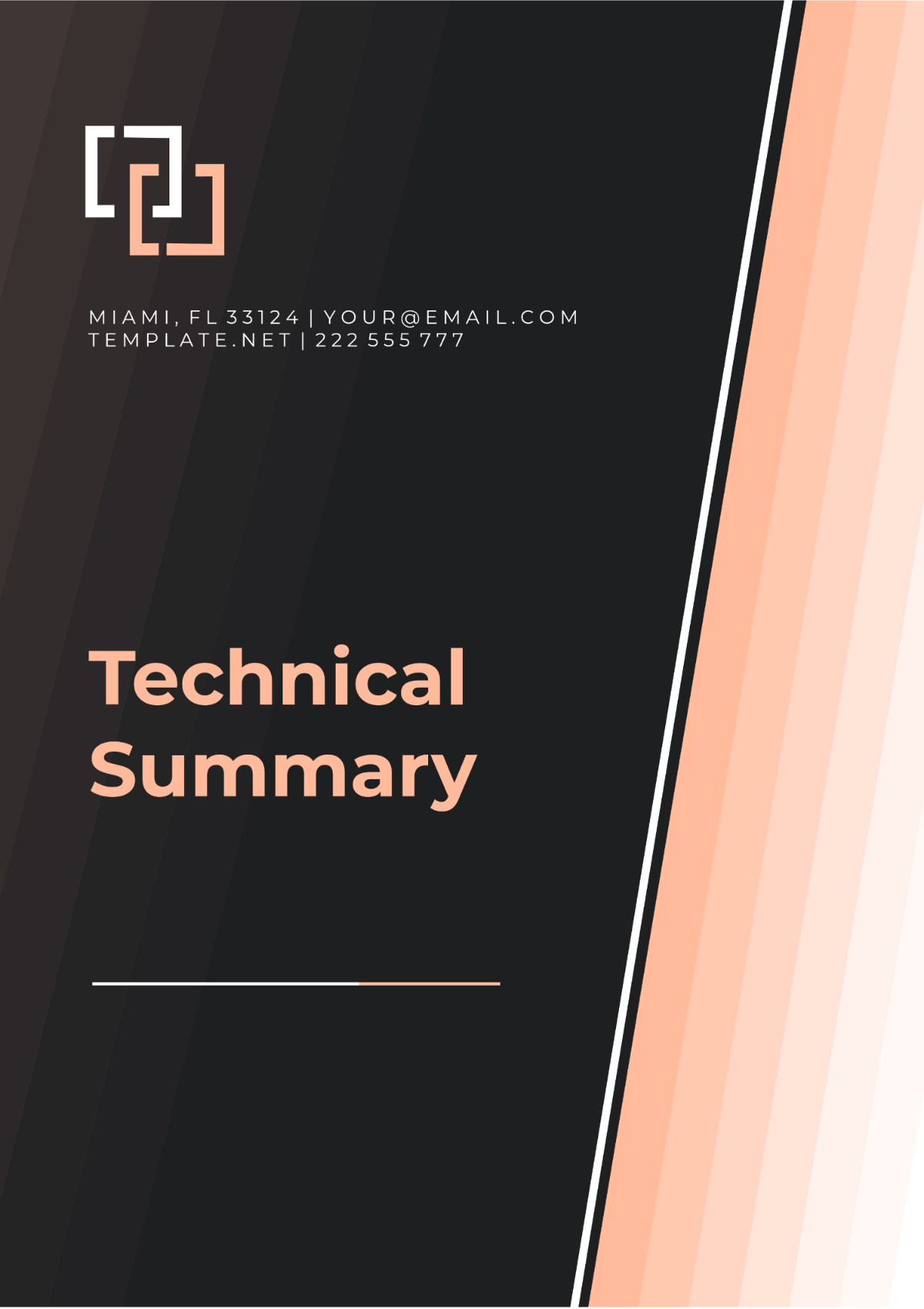Executive Summary in Feasibility Study
Summarized By: [Your Name]
Project Title: SmartGreen Urban Development
Feasibility Study Date: November 18, 2050
This feasibility study assesses the viability of the proposed SmartGreen Urban Development project in New Horizons City. The goal of the project is to create a sustainable, high-tech urban community that combines renewable energy, smart infrastructure, and green spaces to cater to the needs of modern, eco-conscious residents. The study evaluates the technical, financial, and market feasibility of this innovative development concept.
Project Overview
The SmartGreen Urban Development is envisioned as a 500-acre community consisting of 2,500 eco-friendly residential units, office buildings, recreational areas, and commercial spaces. The development aims to incorporate cutting-edge technologies such as smart grids, energy-efficient building designs, autonomous transport systems, and integrated green spaces to foster a sustainable and livable environment.
Study Objectives
The primary objective of this study is to evaluate:
Market Demand for smart, sustainable housing and commercial spaces.
Technical Feasibility of integrating advanced technologies and eco-friendly construction methods.
Financial Viability, including potential returns on investment (ROI) and funding sources.
Environmental and Regulatory Impact, ensuring compliance with local and global sustainability standards.
Methodology
The study uses a combination of market research, financial modeling, technical assessments, and environmental impact analysis. Key methodologies include:
Market Survey: Targeted surveys and interviews with potential residents and business owners to gauge demand.
Cost-Benefit Analysis: Financial projections over 10, 15, and 20-year timelines.
SWOT Analysis: An evaluation of the strengths, weaknesses, opportunities, and threats associated with the project.
Regulatory Review: Analysis of zoning laws, environmental regulations, and building codes.
Key Findings
Market Demand:
There is a strong demand for sustainable, technology-driven residential communities, driven by the growing trend of eco-conscious living and the rise of smart city initiatives. Preliminary surveys indicate that 70% of potential homebuyers in New Horizons City are interested in smart, energy-efficient housing.Technical Feasibility:
The project’s technical requirements, including energy-efficient buildings, smart infrastructure, and autonomous transport systems, are achievable. The necessary technology is commercially available, and the site has been deemed suitable for the construction of both high-tech and sustainable buildings.Financial Viability:
Financial projections indicate a positive return on investment (ROI) within 8-10 years, with a projected internal rate of return (IRR) of 18%. This is based on conservative estimates of housing prices, commercial rentals, and operational costs. Potential funding options include green bonds, government incentives for sustainable developments, and private sector partnerships.Environmental and Regulatory Impact:
The project complies with all local zoning laws and environmental regulations. It will contribute to New Horizons City’s goals of reducing carbon emissions and promoting green urban living. Environmental impact studies indicate minimal disruption to local ecosystems, with plans to incorporate green infrastructure, renewable energy sources, and waste reduction systems.
Analysis
Strengths:
High market demand for sustainable and smart living spaces.
Availability of advanced technologies and skilled labor.
Strong financial return and environmental benefits.
Weaknesses:
High initial capital investment required.
Potential regulatory delays and permitting challenges.
Dependency on technological integration, which may require ongoing maintenance and updates.
Opportunities:
Partnerships with tech companies and sustainable building material providers.
Potential for expansion into other cities with similar sustainability goals.
Government incentives for green development projects.
Threats:
Changes in market conditions, such as economic downturns or shifts in consumer preferences.
Technological risks, including the integration of evolving smart technologies.
Regulatory hurdles that may delay construction.
Conclusions
The SmartGreen Urban Development project is deemed feasible in 2050. With a growing market for smart and eco-friendly housing, the project aligns with global trends toward sustainability, and it is financially viable with a favorable ROI. The necessary technologies and resources are available, and the regulatory environment is conducive to such developments.
Recommendations
Based on the study’s findings, the following steps are recommended:
Proceed with Detailed Planning: Initiate architectural designs and engage with tech companies for smart infrastructure.
Secure Financing: Begin discussions with potential investors, including green bond issuers, government agencies, and private partners.
Engage with Stakeholders: Continue dialogues with local authorities, environmental groups, and potential residents to ensure community support and regulatory compliance.
Risk Mitigation: Develop contingency plans for potential regulatory delays and technological risks.
In conclusion, the SmartGreen Urban Development represents a strategic investment in sustainable urban living, and the study strongly recommends moving forward with the project.

